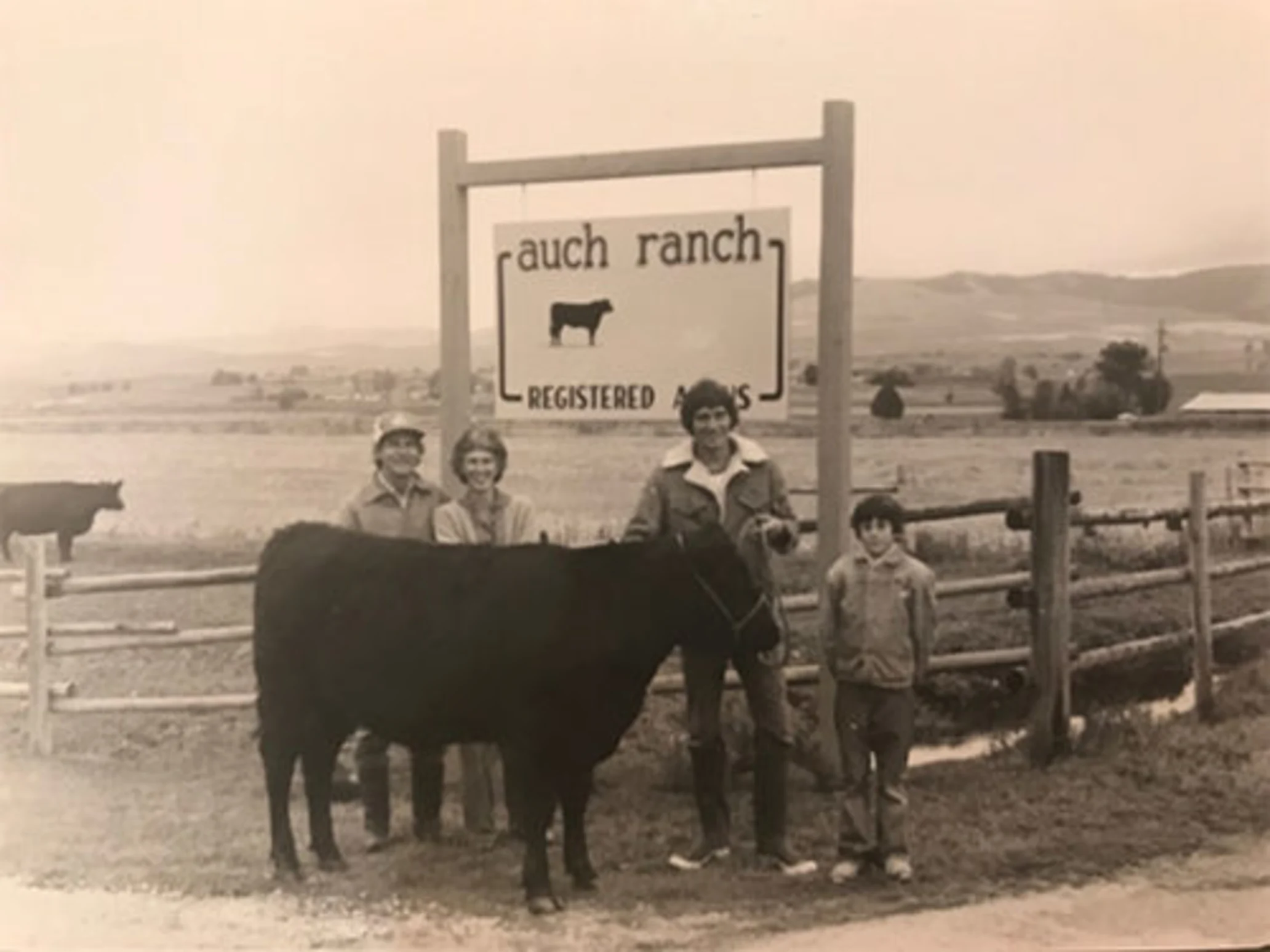Keeping a family ranch in ranching hands
After his dad passed away in 2014, rancher Dwight Auch’s mom told him — with unwavering conviction in her eyes — that the family needed to keep their Auch Angus Ranch in ranching hands.

Over time, the family had seen a great deal of farmland in the area around Corvallis, Montana, be rapidly converted to other uses. The Auchs knew that with the uncertainty of agricultural markets, unforeseen family hardships, and the continual growth of communities, there would likely be pressure to develop their family ranchland.
How could they keep their land in ranching, knowing that someday they might have to sell it, even if that meant generations from now?
The family decided to work with Bitter Root Land Trust, a non-profit land trust that partners with landowners and the community to conserve clean water, wildlife habitat, and working farms and ranches in and around the Bitterroot Valley for present and future generations.
“It was after a lot of thought and discussion that my mom and I decided that the right thing to do, for our family, was to conserve our ranch,” Dwight says. “We felt we could honor our family and make it possible for future ranchers to work the land, for years to come. It just made sense.”
Auch Angus Ranch was protected with a conservation easement, a legally binding agreement made between a landowner and land trust that limits the development rights on the property. With a conservation easement, landowners are assured that their land will be protected forever without giving up ownership of the land.
More affordable access to land is part of the solution for farming and ranching communities, and often conserved lands are more affordable than those competing for the estate or development market. The Auchs see that as a real benefit.
“As more working land is preserved in this magnificent valley, I hope that more young people who choose agriculture as a career will be able to do so,” says Dwight.